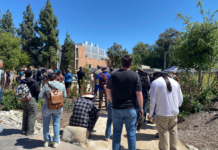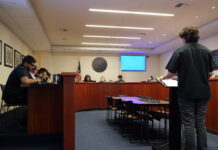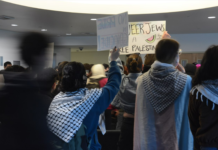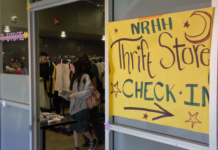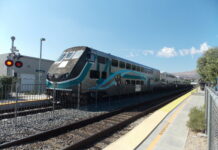Due to the COVID-19 pandemic and the campus closure, this year’s ASUCR elections moved to a completely remote election week. Students received a personalized ballot link in their R’Mail. Polling hours were open from 9:00 a.m. to 6:00 p.m from Monday, April 27 to Friday, May 1.
In an email interview with The Highlander, Elections Director Dyanna Castaneda stated that she believes the Elections Committee and herself handled this year’s voting week gracefully and to the best of their ability. “I honestly could not have asked for a better committee to work with, especially now with the COVID-19 measures,” stated Castaneda, “The sheer dedication I’ve seen from the committee currently and within the past few weeks is so admirable, and there isn’t a negative word I could possibly use to describe them.” Castaneda noted that she and the Elections Committee have been working late nights and early mornings in order to maximize the experience of each student voter.
Given the context of the pandemic and the campus closure, Castaneda thinks voter turnout was quite good. Prior to moving to a virtual platform, Castaneda had hoped to increase voter turnout substantially, but she and her committee have no complaints about the current numbers thus far. She believes that factors such as positions with unopposed candidates and the absence of referenda (which require a minimum threshold of 20% of students voting) also contribute to voter participation, and so far this year’s numbers have been consistent with other years that have had the same type of ballot items.
Castaneda told The Highlander that she felt as though a remote election might increase voter turnout due to the flexibility of the polling hours and process. She stated, “However, the Committee and I underestimated the difficulty of propagating information without a face-to-face advantage. Based on previous elections data, turnout did not decrease this year but was quite in line with the average voter participation of an election consisting of the factors outlined above.”
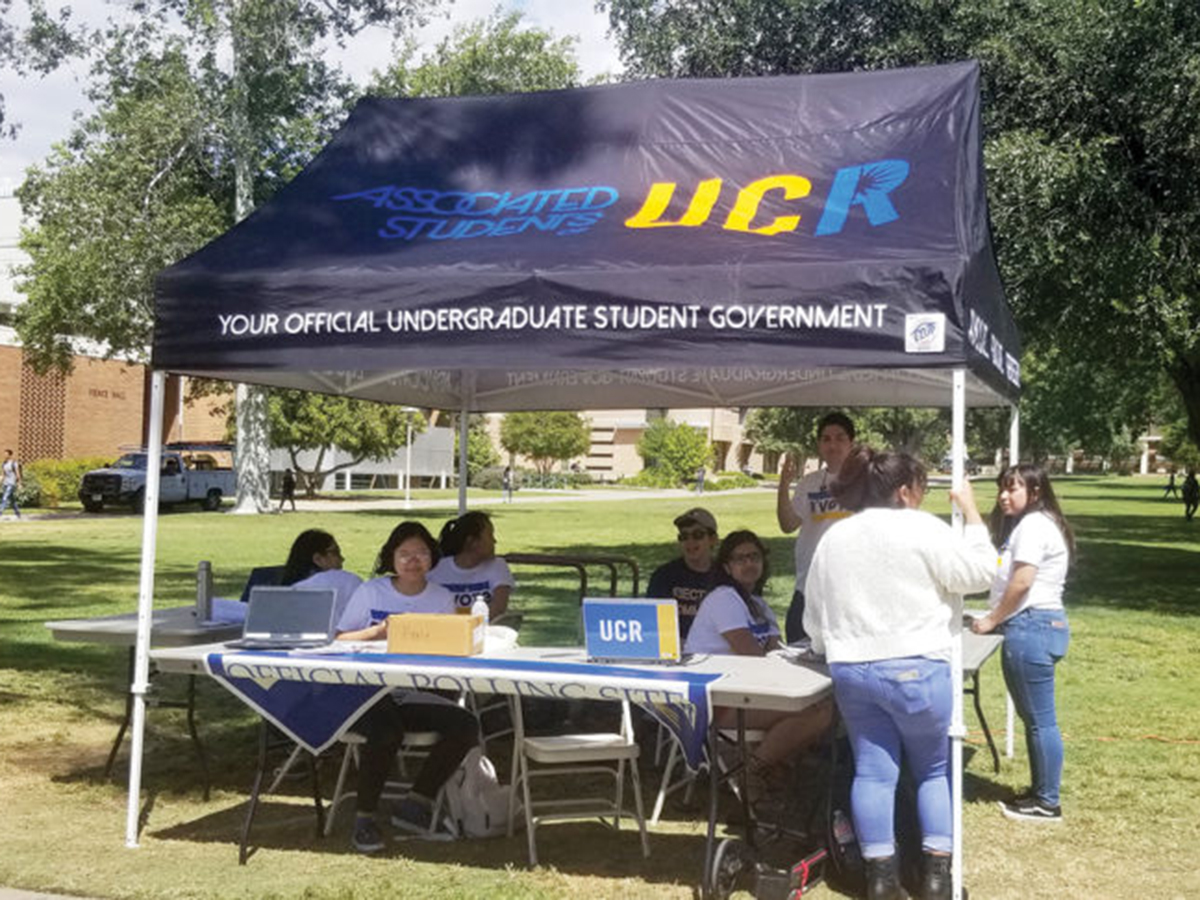
During last year’s elections, several ASUCR candidates faced potential disqualification over campaign violations such as campaign poster placement and approval violations. This year, Castaneda stated that she and the Elections Committee worked closely with the ASUCR Judicial Council to process and administer violations properly. She stated that this year, violations mostly consisted of candidates posting campaign items that did not display the required stamp of approval from the Elections Committee. Castaneda added that they did have “one outstanding case of negative campaigning that resulted in strict disciplinary action.” She did not elaborate on the nature of this infraction. She believes that this year there were less violations in comparison to other years, since physical campaigning was unavailable and thus allowed for less obvious violations to be seen or made.
“Due to the pandemic, we tried to be lenient, issuing warnings before moving on to actual violations. My Campaign Oversight subcommittee worked diligently and I am pleased with the work we made,” stated Castaneda. She added that while it was tough with a virtual platform, as the internet is far-reaching and impossible to cover every inch of, she feels that for the most part, the Elections Committee found the candidates met the regulations they set forth. “A major amount of violations that did occur were due to negligence or the lack of realization that they were even committing violations,” Castaneda added.
While traditionally the ASUCR Elections Committee provides incentives in the form of free food giveaways on-campus, this year the Elections Committee incentivized students to vote through gift card giveaways and raffle prize giveaways.The Elections Committee initially offered the first 100 voters every day a giveaway prize. The first 100 voters on Monday would receive a $15 Chipotle gift card, a $15 Chipotle gift card on Tuesday, a $15 Jamba Juice gift card on Wednesday, a $20 Domino’s gift card on Thursday and a $15 Starbucks gift card on Friday. While the first 100 voters every day were supposed to receive these gift cards, the Elections Committee announced after the first day of elections that gift card giveaways would instead be given to a randomized selection of 100 voters. This change occurred because, according to an announcement made by Castaneda on the ASUCR Elections Instagram page, many students faced issues with their ballots.
All voters were also automatically entered into a raffle prize drawing. Winners were announced at the end of voting week and were contacted directly by the Elections Committee. Raffle prizes included: three Airpod Pros, three iPads, two Apple pencils, one HP laptop, five Hydroflasks, 10 blue light glasses, two sets of workout gear and two arts and crafts kits. Castaneda told The Highlander that she feels as if the incentives the Elections Committee provided were a huge factor in helping the voter turnout. She believes that if they were provided on campus, they would have garnered far more attention, but considering the pandemic and the campus closure she believes they were very successful.
One downfall of this year’s elections was the distribution of ballot information, according to Castaneda. She stated that students would not abide by the instructions correctly, opening their ballot links one day and trying to complete it on a different day. The link expired the same day that you opened it, but students may not have fully read the instructions and thus the Elections Committee had to do a lot of troubleshooting to rectify this rampant issue, added Castaneda.
The biggest successes of this year’s elections according to Castaneda was the Elections Committee’s ability to move the ballot to a different voting program, Qualtrics, than the one ASUCR typically used in the past. She believes this was by far one of the most impressive things she witnessed this election cycle. She stated that the previous ballots used by ASUCR were sluggish and outdated. While they were apprehensive about the new technology, Castaneda stated that polling coordinators were able to create and regulate a ballot on Qualtrics with the help of campus IT. “We were able to create a secure, user-friendly, and attractive ballot for students to use. Also, successfully holding elections in itself is a huge accomplishment. Many things have been cancelled or postponed, but we managed to keep things going,” stated Castaneda.

